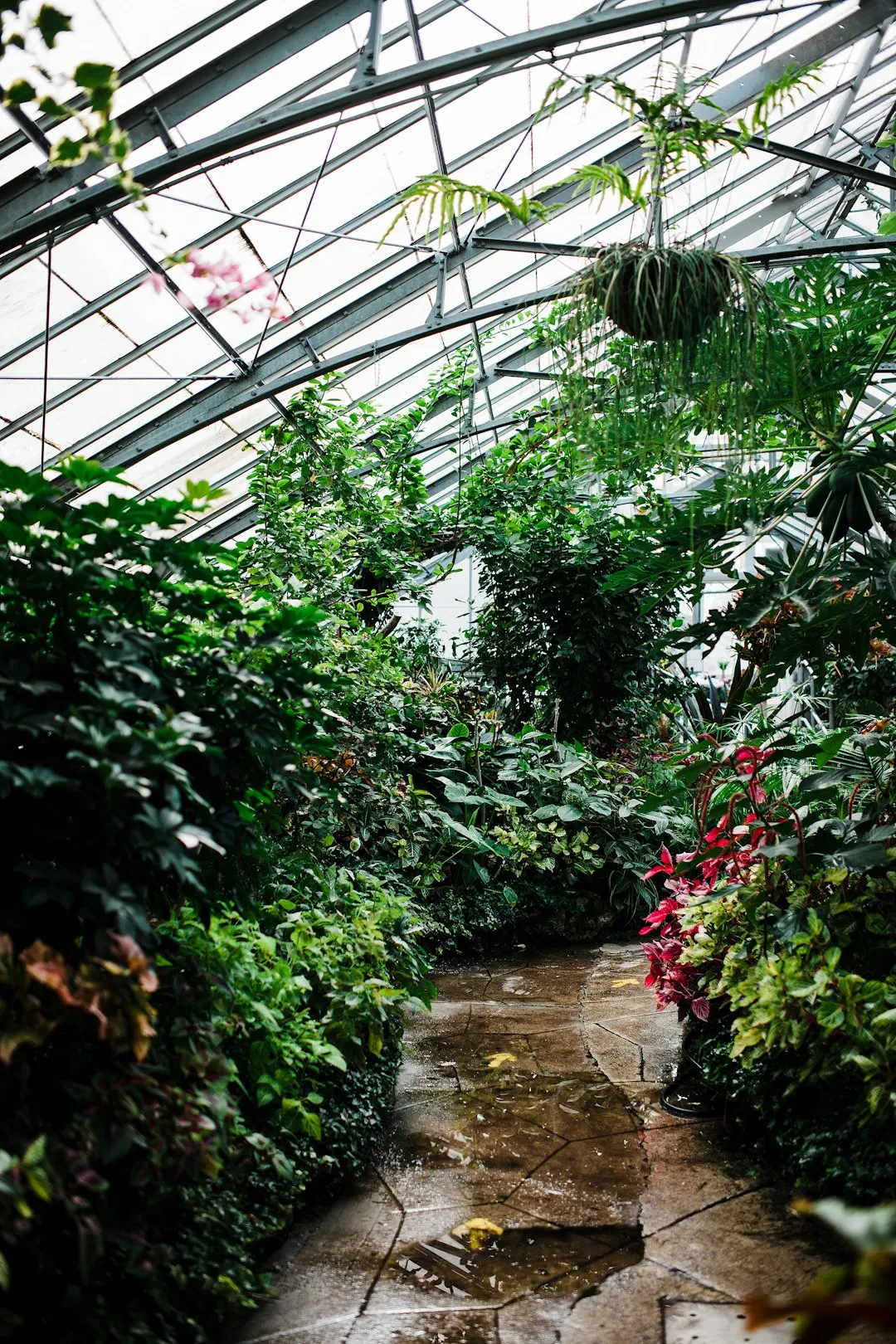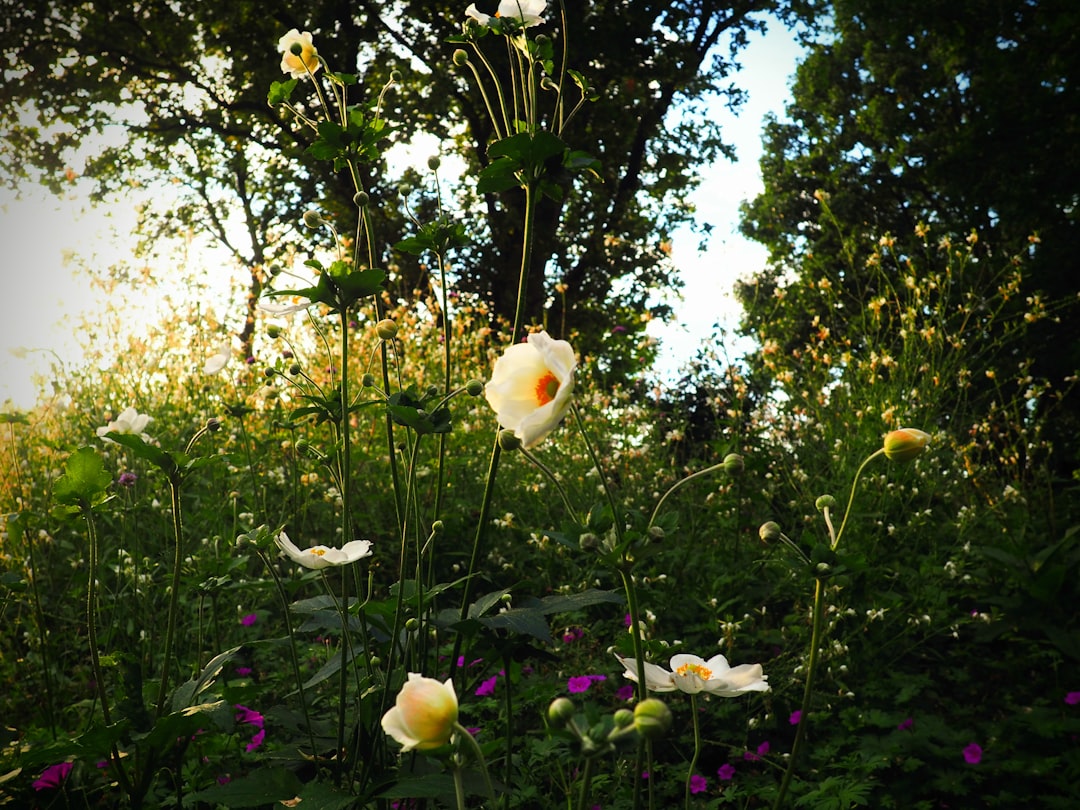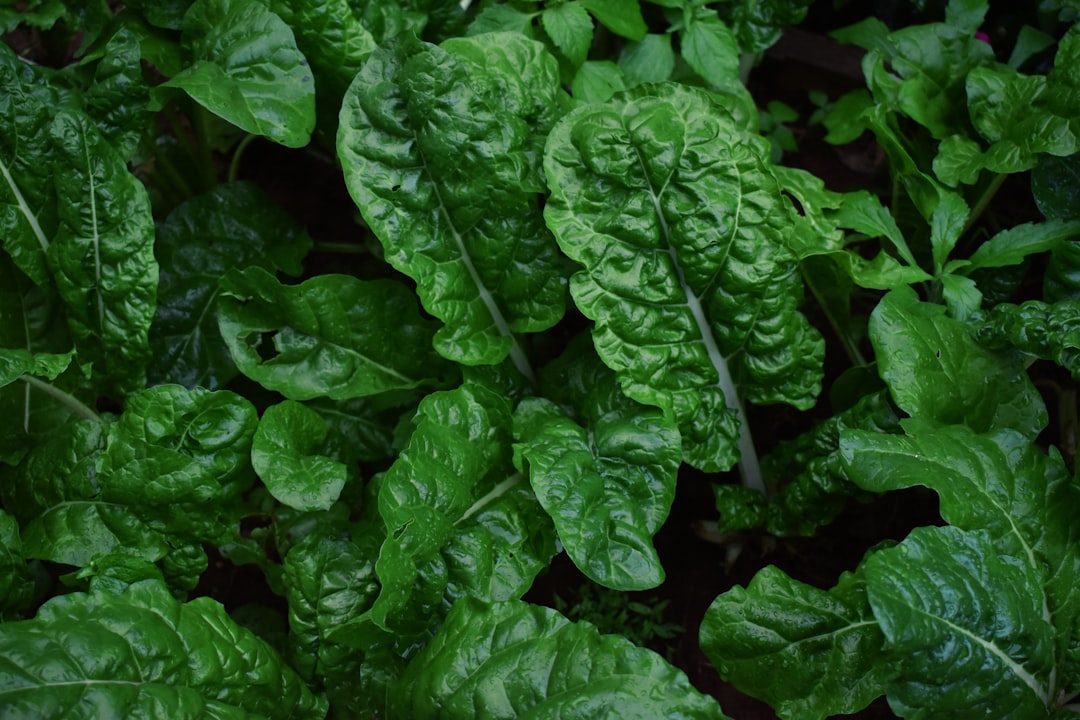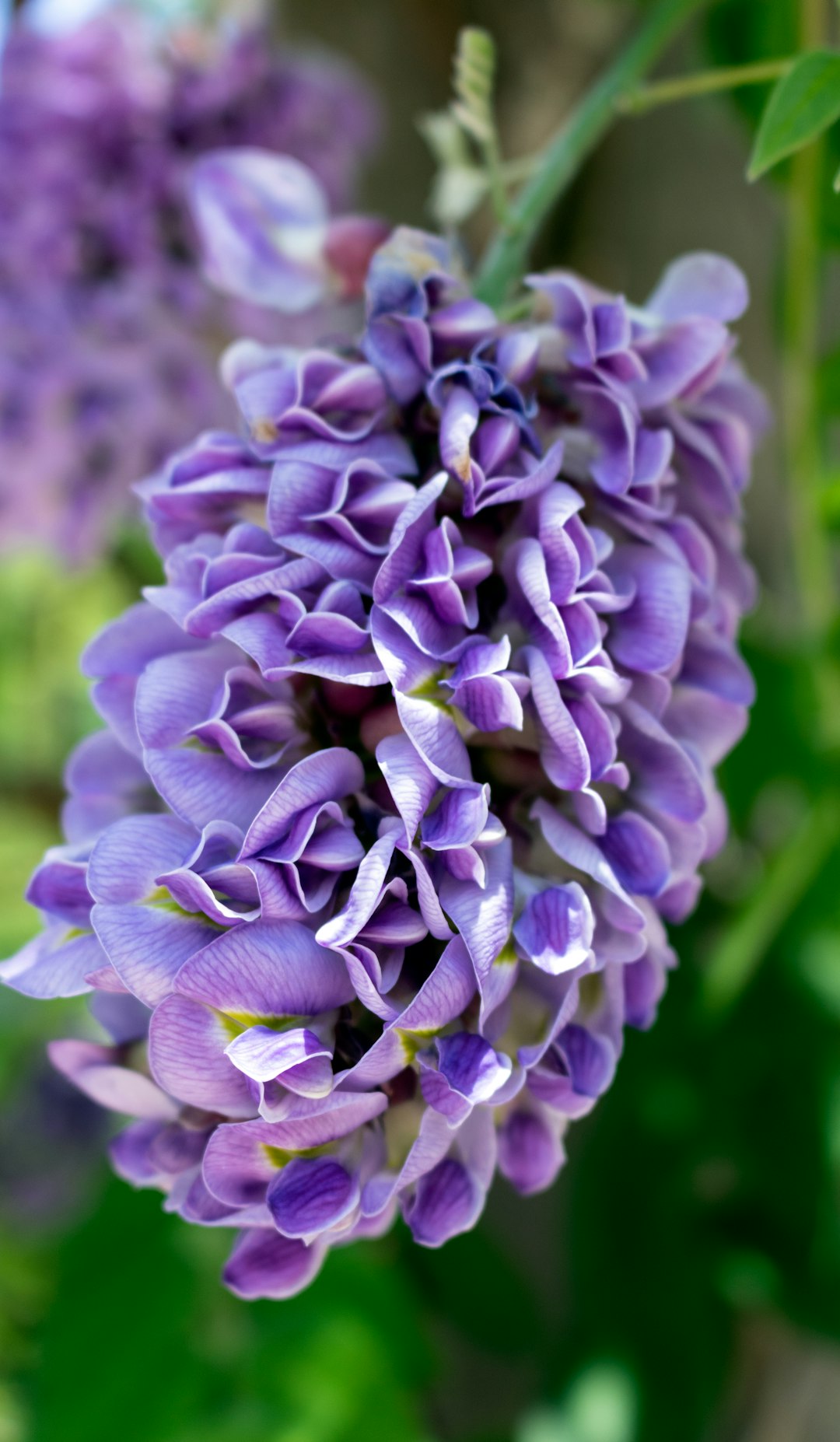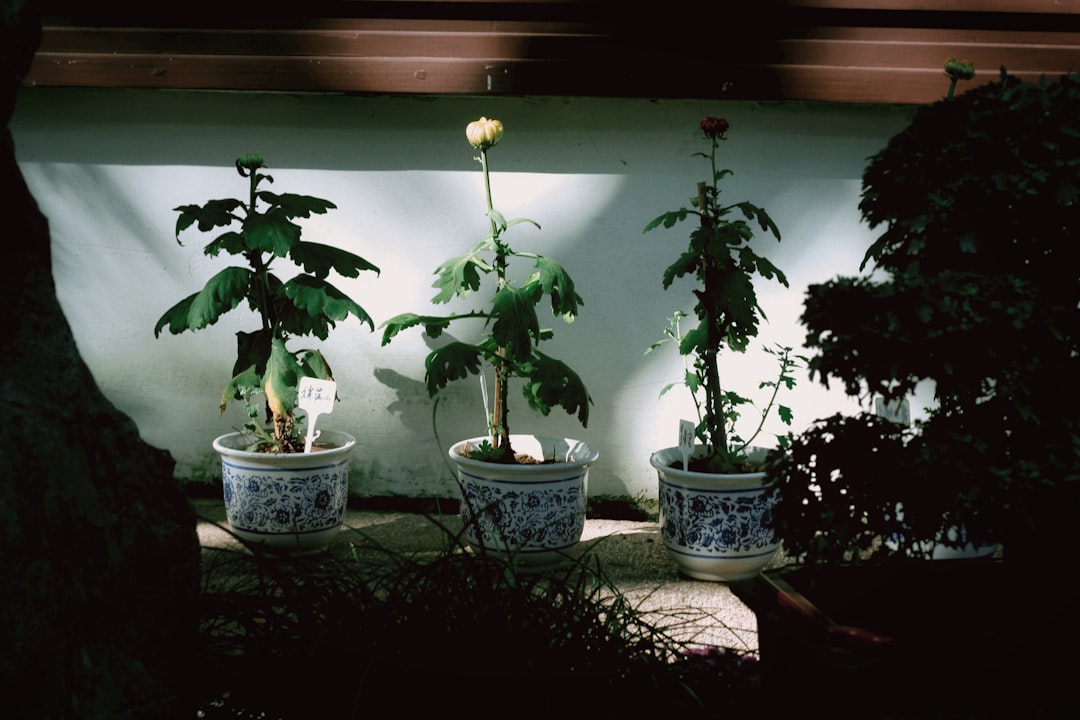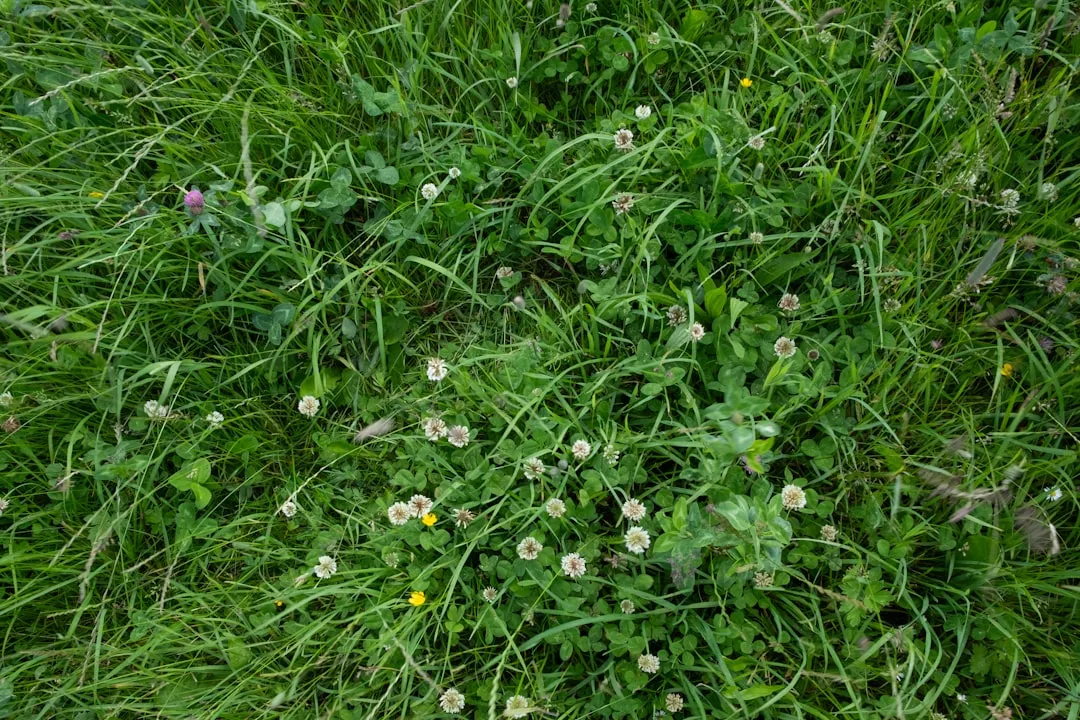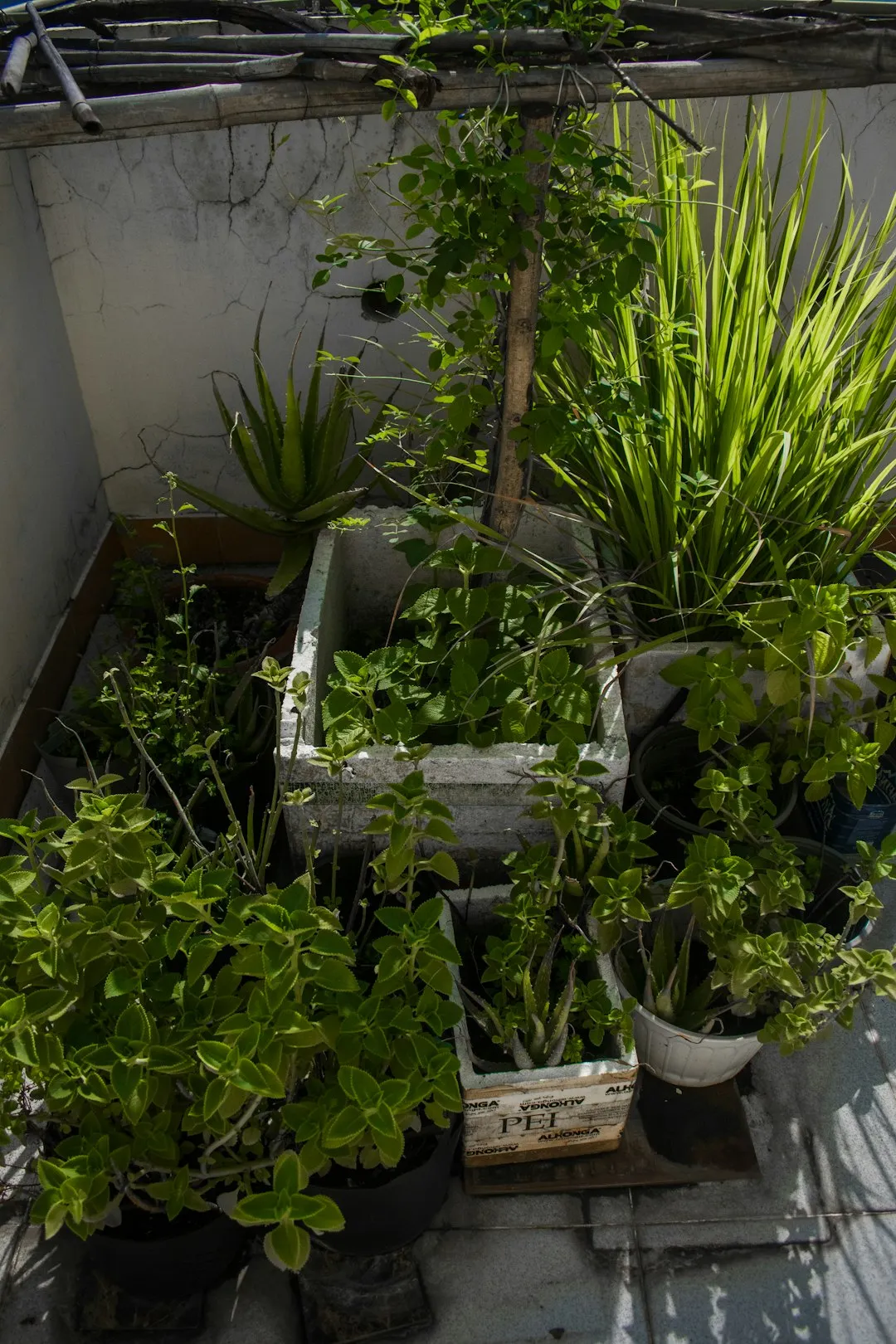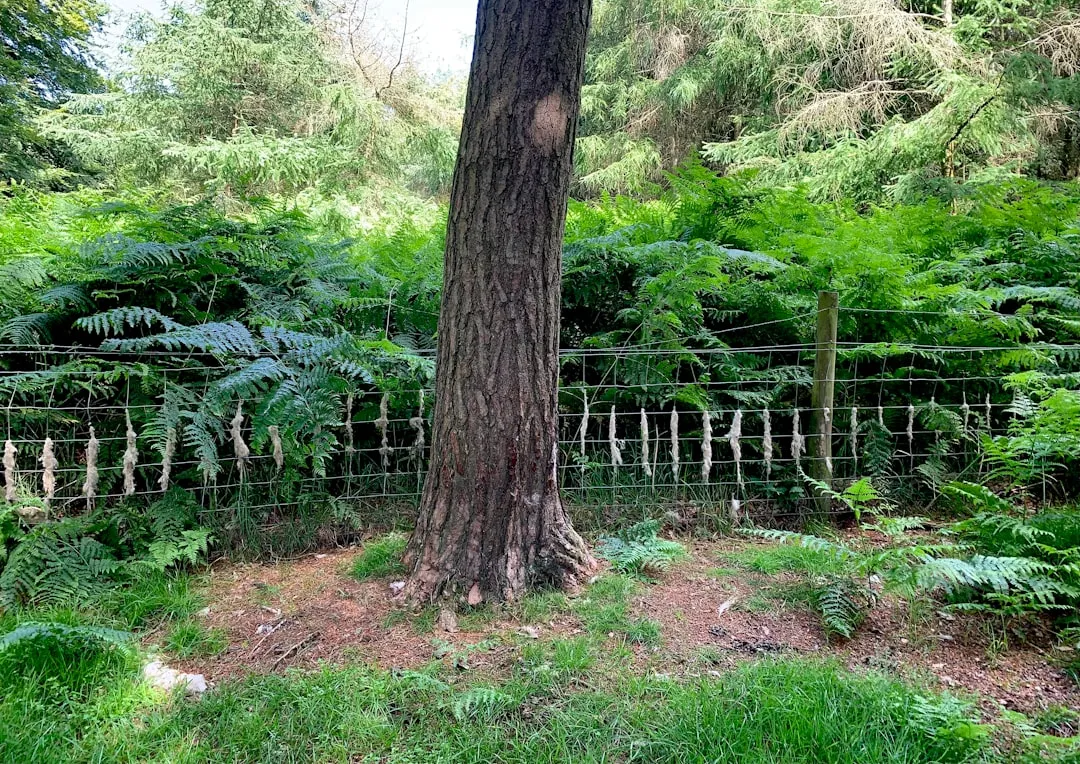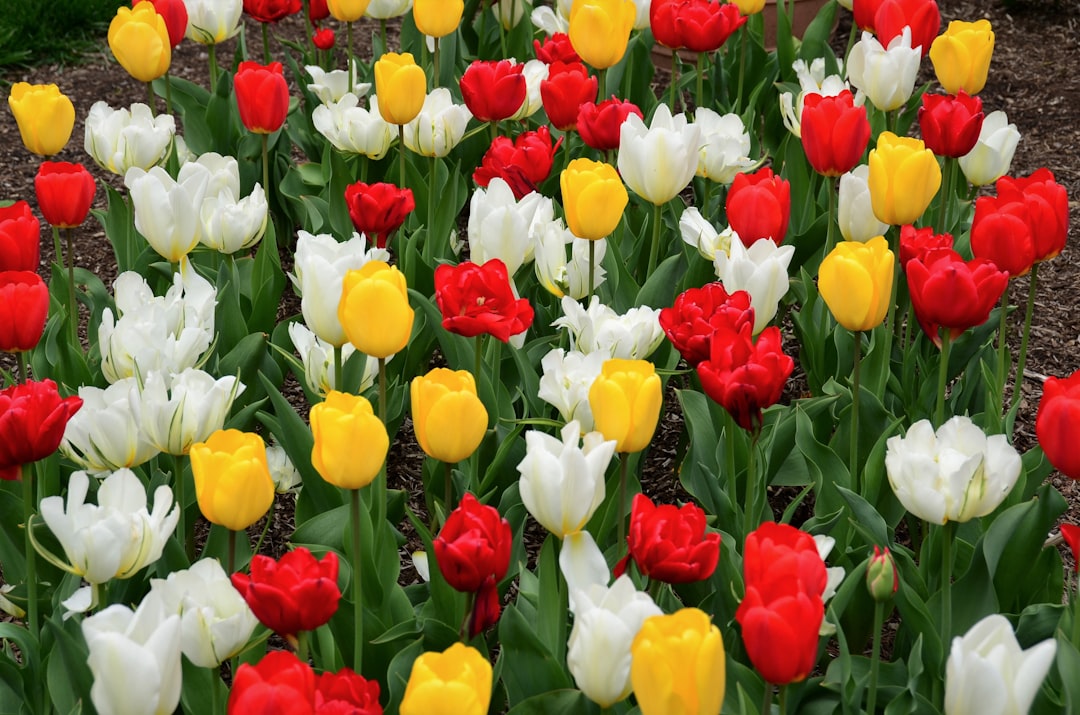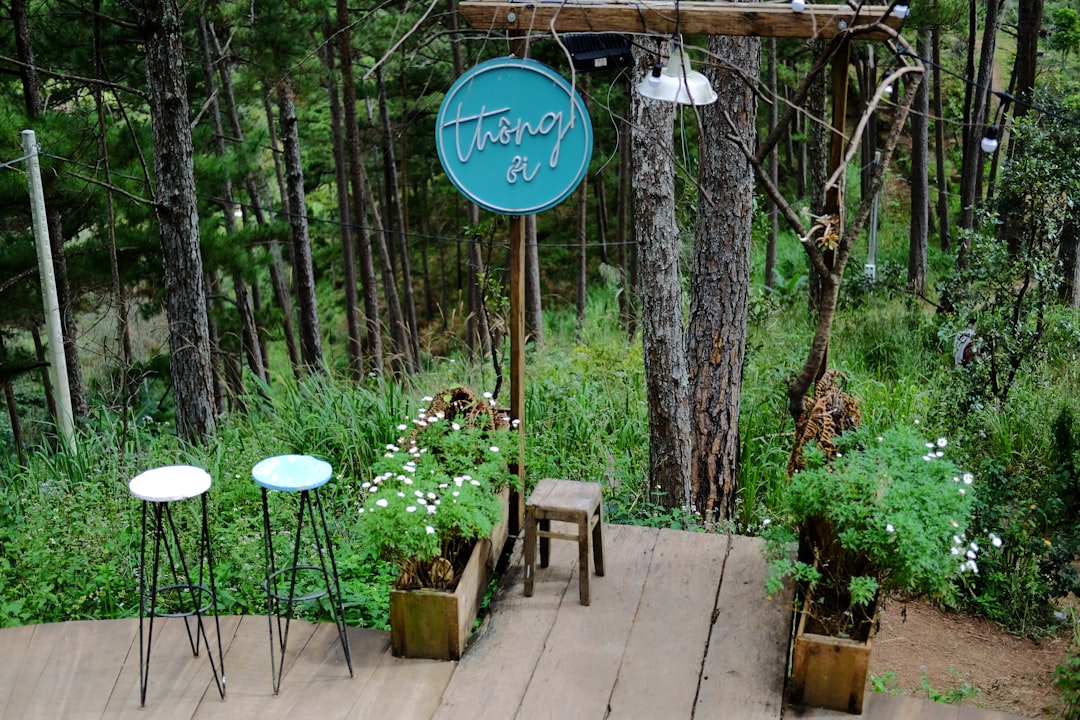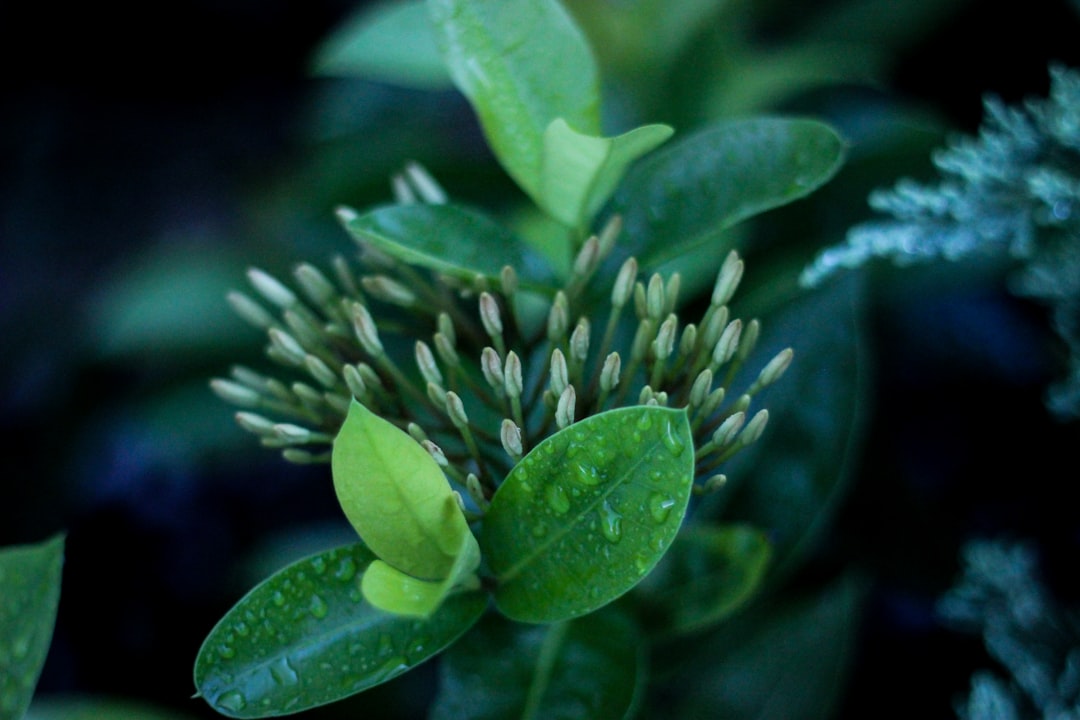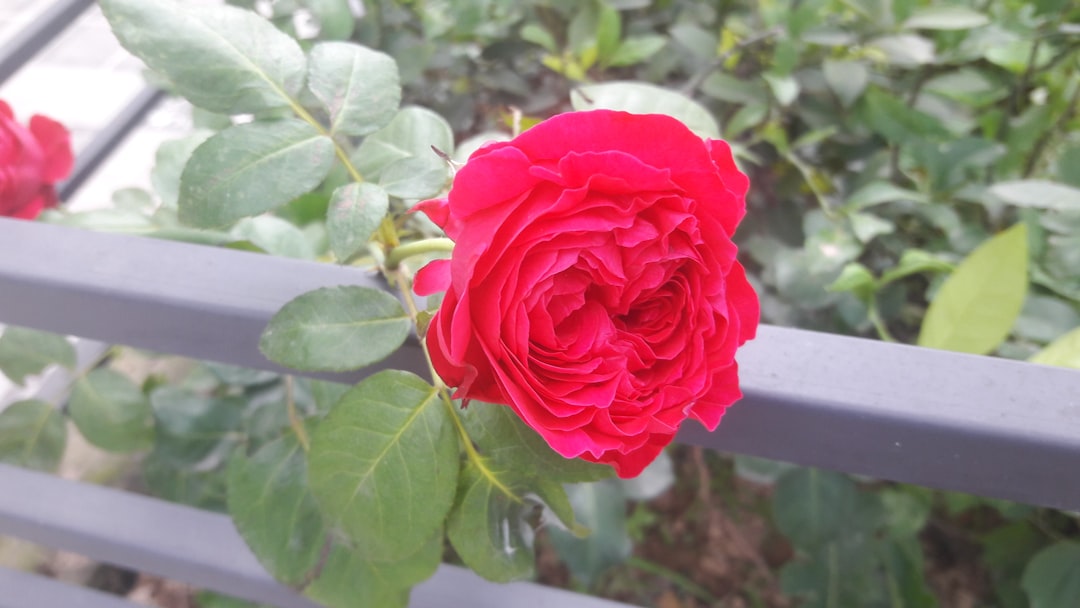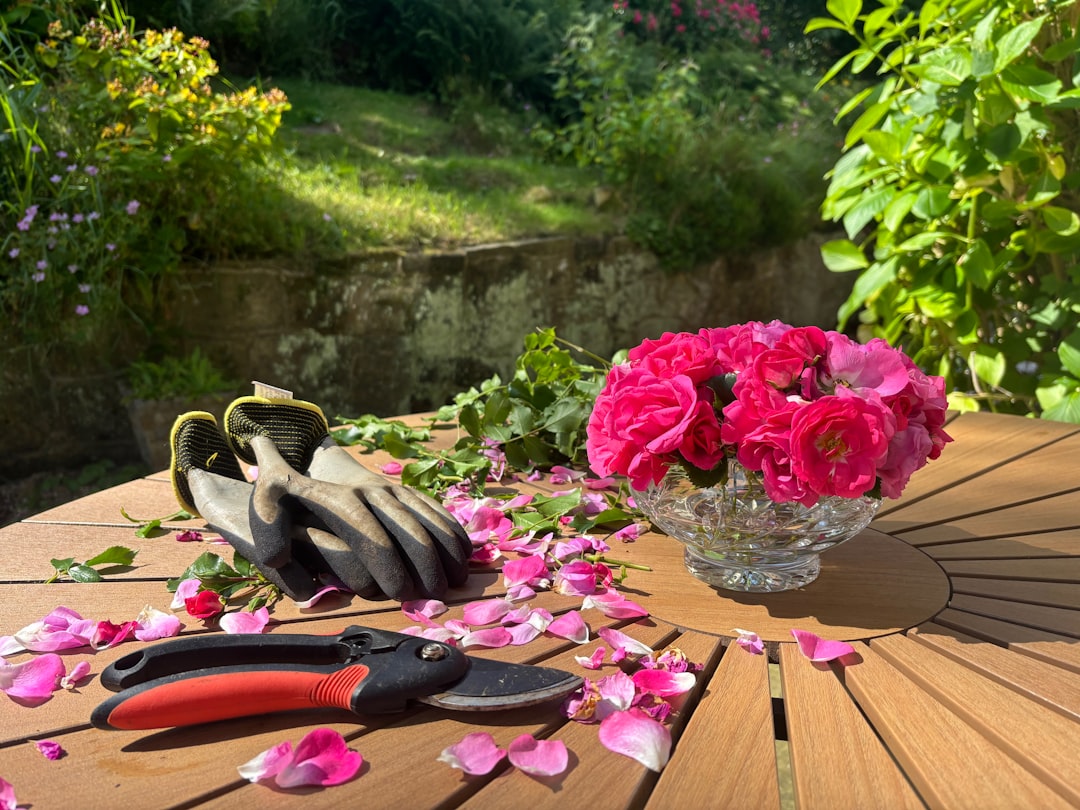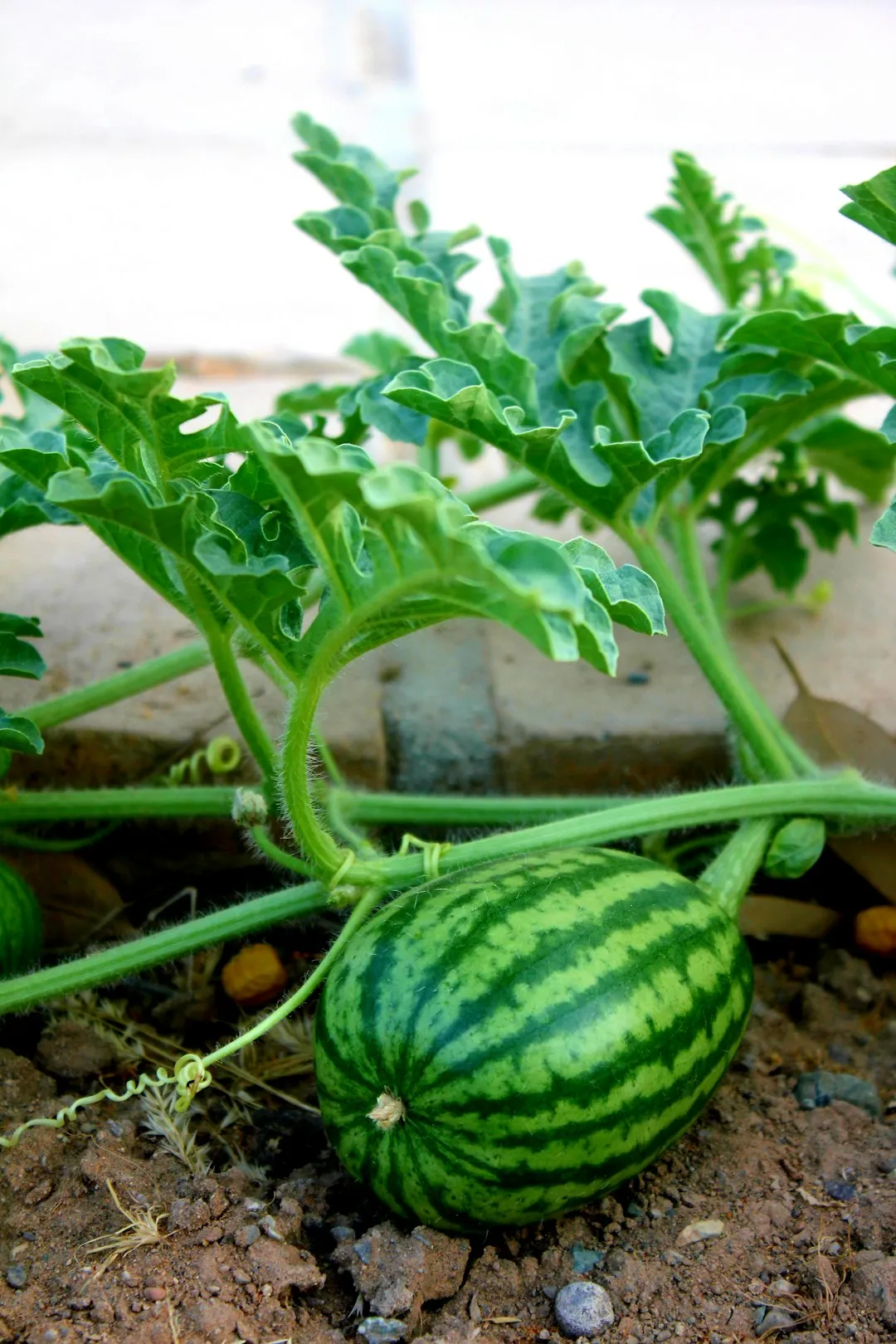When it comes to creating a stunning flower garden, perennials are a gardener's best friend. These long - lasting plants come back year after year, adding color and charm to your outdoor space. And one of the best times to plant many low - maintenance perennials is in the fall. Here's why and which ones you should consider for your garden.
Fall is an ideal season for planting perennials for several reasons. Firstly, the soil is still warm from the summer sun, which encourages root growth. The cooler air temperatures reduce stress on the plants, allowing them to focus their energy on establishing a strong root system rather than on top - growth. Additionally, fall often brings more consistent rainfall, providing the newly planted perennials with the moisture they need to thrive.
Let's take a look at some low - maintenance perennials that you can plant in the fall and enjoy their beautiful blooms in the spring. One of the most popular choices is the Helleborus, also known as the Lenten rose. These plants are evergreen in many regions and produce elegant, cup - shaped flowers in shades of white, pink, purple, and green. Hellebores are shade - tolerant and can thrive under the canopy of trees or in the dappled light of a woodland garden. They are also deer - resistant, which is a huge plus for many gardeners.
Another great option is the Epimedium. This low - growing perennial has heart - shaped leaves and delicate, spurred flowers that come in various colors such as yellow, pink, and red. Epimediums are well - suited for shady areas and can form a lovely ground cover. They are drought - tolerant once established and require very little maintenance. You can plant them under shrubs or along the edges of a path to add a touch of color and texture.
The Brunnera macrophylla, commonly called Siberian bugloss, is also a wonderful choice. It features large, heart - shaped leaves with silver markings and produces clusters of tiny, forget - me - not - like blue flowers in the spring. Brunnera prefers partial to full shade and moist, well - drained soil. It is a slow - spreading plant that can fill in gaps in your garden over time, creating a lush and inviting look.
For those who have a sunny spot in their garden, Arabis is a great option. This low - growing, mat - forming perennial is covered in masses of white or pink flowers in the spring. Arabis is drought - tolerant and can handle poor soil conditions. It is perfect for rock gardens, borders, or as an edging plant. Once established, it requires minimal watering and pruning.
When planting these perennials in the fall, there are a few steps you should follow. First, prepare the soil by removing any weeds, rocks, or debris. Loosen the soil to a depth of about 12 inches and mix in some compost or well - rotted manure to improve its fertility and drainage. Dig a hole that is slightly larger than the root ball of the plant. Place the plant in the hole, making sure the top of the root ball is level with the soil surface. Backfill the hole with soil and gently firm it around the plant. Water the plant thoroughly to settle the soil and remove any air pockets.
After planting, it's a good idea to mulch around the base of the plants. A layer of mulch, such as shredded bark or leaves, will help to retain moisture, suppress weeds, and insulate the soil during the winter months. Keep an eye on the plants throughout the fall and water them as needed, especially if there is a dry spell. In the spring, you'll start to see the new growth emerging, and soon enough, your garden will be filled with the beautiful flowers of these low - maintenance perennials.
In conclusion, planting low - maintenance perennials in the fall is a smart and rewarding gardening strategy. By choosing the right plants and following the proper planting techniques, you can create a spring landscape that is both beautiful and easy to care for. So, head out to your local nursery this fall and start building your dream flower garden with these amazing perennials.

